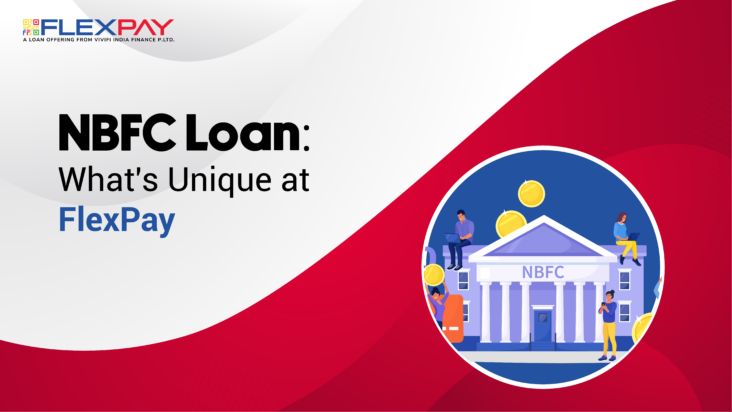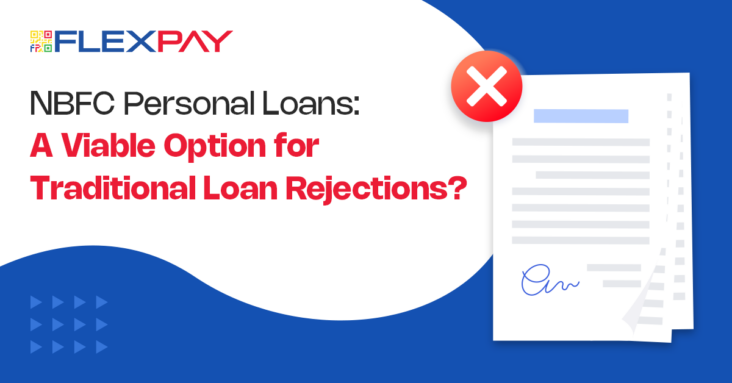NBFC Loan: What’s Unique at Flexpay

A Non-Banking Financial Company (NBFC) is a financial institution that offers banking services without holding a banking license. NBFC personal loan apps raise funds through bonds, debentures, or borrowing from banks, offering services like loans, advances, and securities acquisition. They play a vital role in extending credit to underserved populations. Regulated by financial authorities, NBFCs […]
Read More →








